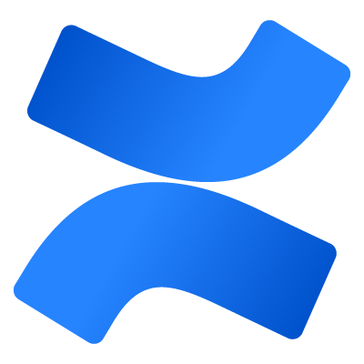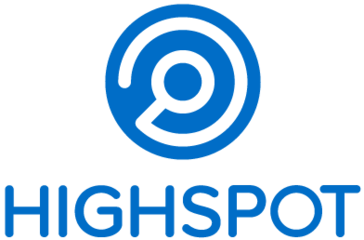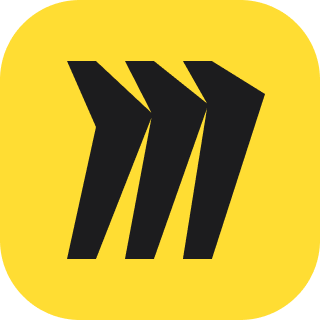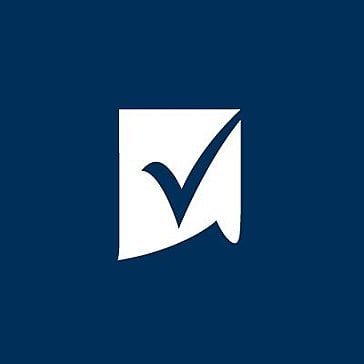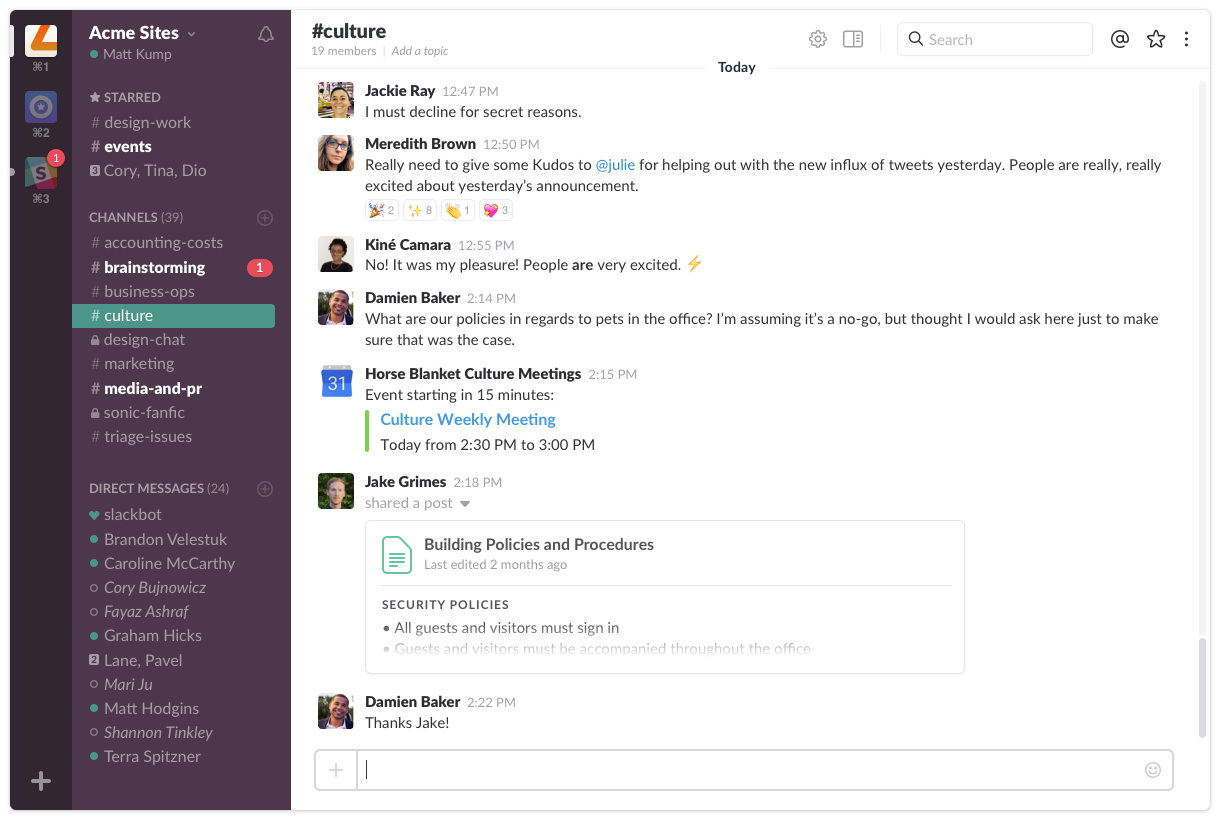35,067 Slack Reviews

What I like best about Slack is its intuitive interface and real-time messaging, which makes team communication seamless. The ability to create organized channels, integrate with tools like Google Drive, Zoom, and Trello, and use threads to keep conversations structured greatly enhances productivity. It fosters a collaborative work environment, whether you're working remotely or in-office. Review collected by and hosted on G2.com.
While Slack is incredibly efficient, sometimes the constant flow of messages can feel overwhelming, especially in larger teams with many active channels. A more advanced way to prioritize or temporarily mute less important conversations without missing key updates would be helpful. That said, its overall benefits far outweigh this minor drawback. Review collected by and hosted on G2.com.

Slack: The One Tool I Rely On Daily,I’ve been using Slack for the past 5 years, and I’d say it’s the best tool for collaboration and communication. What I like most is how easy it is to bring everything together in one place. We use Slack not just for messaging, but also for workflows—like integrating it with Jira to get task updates, track stages, and manage planning. Plus, tools like Canva can be easily shared within channels, which makes teamwork even smoother. Review collected by and hosted on G2.com.
There’s nothing major I dislike about Slack. If anything, sometimes the number of notifications can get a bit overwhelming, especially when you're part of multiple channels. But overall, it's easy to manage with the right settings.I can pause notification too! Review collected by and hosted on G2.com.

Slack has truly transformed the way our team works. With features like Workflow Builder, Slack AI, and Slack Lists, it’s more than just a messaging app—it’s a full-fledged collaboration platform.
What really stands out is how easy it is to use and how smoothly it integrates with tools like Salesforce. Setting it up was straightforward, and we were able to get everything running without any major hiccups.
Once we gave the team a bit of training, everyone quickly made Slack a part of their daily routine. It’s helped streamline communication, automate repetitive tasks, and boost overall productivity.
The fact that so many features are available across all plans makes it a go-to tool for every department and whenever we’ve needed help, Slack’s customer support team has been quick to respond and genuinely helpful. It’s been a game-changer for us. Review collected by and hosted on G2.com.
I do feel there are a few features that should really be available across all Slack plans to improve both user experience and admin control.
One example is the ability to reset a single user’s password. It’s such a basic yet essential function for admins—especially in fast-moving teams where people come and go or roles shift frequently. Having this available in every plan would make managing access smoother and more secure without needing to upgrade just for something so fundamental. Review collected by and hosted on G2.com.

Slack is a one-stop shop for my team. It’s where we collaborate, share updates, and keep work moving. The real power comes from the integrations—tools like Salesforce, Intercom, Gong, Notion, and Google Calendar all connect directly into Slack. That means we get alerts, context, and workflows in real time, without jumping between platforms. Everything important flows through Slack, so nothing falls through the cracks. Review collected by and hosted on G2.com.
Because of the way Slack is constructed—real-time, fast-moving, and organized around channels and threads—it’s easy for things to get lost. High volumes of activity can overwhelm notifications, and important updates can be buried in channels or under unanswered threads. The structure encourages quick conversations, but not always follow-through or visibility. Without tight team habits, critical info can disappear in the scroll. Review collected by and hosted on G2.com.

As someone who uses it daily, Slack has become an absolutely essential tool for my role, significantly streamlining both my internal and external communications. It's truly a game-changer for staying connected and keeping projects moving forward. The ability to create dedicated channels for different teams, projects, or clients means conversations are always organized and easy to track. I love how effortlessly I can switch between direct messages with colleagues, group discussions with project teams, and even communicate securely with external partners. The instant messaging, file sharing, and quick search functionality save me countless hours every day, making sure important information is always at my fingertips. Slack has undeniably enhanced our team's collaboration and overall productivity. Review collected by and hosted on G2.com.
While my experience with Slack is overwhelmingly positive, one minor point I've encountered is that occasionally, external contacts get disconnected from shared channels, requiring re-invitations. It's a small hiccup in an otherwise seamless communication platform. Review collected by and hosted on G2.com.

What I like best about Slack is how incredibly easy it makes team communication and project organization. As a frontend team lead, being able to create dedicated channels for each specific project is a game changer. It keeps our discussions focused, ensures the right team members are in the loop for each task, and prevents information overload.
Beyound that, the simplicity of the connecting with the team daily, whether it is a quick message or a spontaneous huddle for small meeting, makes collaboration feel effortless. It is truly centralizes our team's daily interactions. Review collected by and hosted on G2.com.
My main dislike about Slack is related to how conversations can sometimes get a bit messy, particularly with replies.
while I love the good features, if not everyone on the team consistently uses the "reply in thread" option, replies to specific messages can sometimes end up as new, top level messages in the main channel. This makes it harder to follow a continuous discussion flow, especially in busy project channels. You end up having to scroll back up to find the original message context, which breaks the flow. I wish there was a more intuitive or enforced way to keep replies contained with their respective message threads. Review collected by and hosted on G2.com.

Slack offers ease of use and quick implementation, with frequent usage across teams. Its rich features and seamless integration enhance workflows. However, customer support varies, and complex configurations can hinder clarity. Best suited for structured, tech-savvy environments. Review collected by and hosted on G2.com.
Slack can be overwhelming with constant notifications and buried message history. Audio/video quality lags behind dedicated tools, and task management feels scattered. Without disciplined use, important updates risk getting lost in the noise, affecting focus and productivity. Review collected by and hosted on G2.com.

he channel-based structure helps keep conversations focused by team, topic, or project, so important information doesn’t get lost like in traditional email threads.
I also really appreciate the integration ecosystem—being able to connect tools like Google Drive, Jira, and GitHub directly into Slack saves time and keeps everyone on the same page. The search functionality is another standout—it makes retrieving past decisions or files incredibly efficient.
Overall, Slack creates a more transparent and collaborative environment without overwhelming you with noise. Review collected by and hosted on G2.com.
It can create a sense of pressure to always be “on,” and if notification settings aren’t managed carefully, it can interrupt deep work or focus time.
Another minor issue is that important information can sometimes get buried in fast-moving conversations, especially if threads aren’t used consistently by the team. That makes it harder to reference decisions later unless someone proactively pins or documents them.
That said, these challenges are usually manageable with clear team norms and good use of Slack’s features like threads, Do Not Disturb, and pinned messages. Review collected by and hosted on G2.com.

What I like most about Slack is how central it is to everything we do at work. I use it all day, every day—from regular communication with my team to handling real-time alerts. It's the first tool I open in the morning and the one I keep active throughout the day.
We’ve integrated it with Airflow, Metabase, and Elasticsearch, so we get instant alerts for things like high API latency or DB CPU spikes. This helps us act fast and avoid bigger issues. The frequency and reliability of these alerts make it really valuable.
Also, the huddle feature is super handy—we often use it for quick discussions instead of wasting time scheduling meetings. Slack makes it really easy to switch between casual conversations, urgent issues, and team-wide updates—all in one place. Review collected by and hosted on G2.com.
The main issue I’ve faced with Slack is how noisy it can get. With so many channels, alerts, and ongoing conversations, it’s easy to miss important messages if you’re not constantly checking. You have to spend time fine-tuning your notification settings, otherwise it becomes overwhelming.
Also, the search functionality could be better. It works okay for recent messages, but finding older conversations or specific file links sometimes feels clunky and time-consuming. Review collected by and hosted on G2.com.

One of the first things that stands out is how Slack organizes its users and conversations. The separation of users and groups into distinct, clear lists makes it incredibly easy to find people and channels without a lot of scrolling or searching. It’s a simple feature, but it keeps the interface clean and helps you stay organized.
Another highlight is the ability to personalize conversations with custom emojis and GIFs. This feature isn't just about fun; it adds personality to a team's communication, making it feel less like a stuffy corporate tool and more like a dynamic, engaging space. The freedom to add custom reactions or use a wide variety of GIFs helps lighten the mood and build a stronger team culture.
Finally, the Slack apps are a game-changer. The ability to integrate other tools and services directly into your workspace is extremely powerful. For example, the app to send individual direct messages to a group of people is a huge time-saver. These integrations streamline workflows and allow you to perform tasks directly from Slack without switching between different applications. Review collected by and hosted on G2.com.
While Slack's organization is generally a strength, it has a significant drawback: the management of group direct messages (DMs). Group DMs disappear from your sidebar after a period of inactivity, making it difficult to find past conversations. If you need to revisit a conversation, you have to remember all the original members and manually start a "new" chat with them to bring the history back into view. This process is clunky and can be a huge time-waster, especially when you can't recall every member of the original chat. It creates a feeling of conversations being lost rather than simply archived, which undermines the value of having a searchable history. Review collected by and hosted on G2.com.



















































